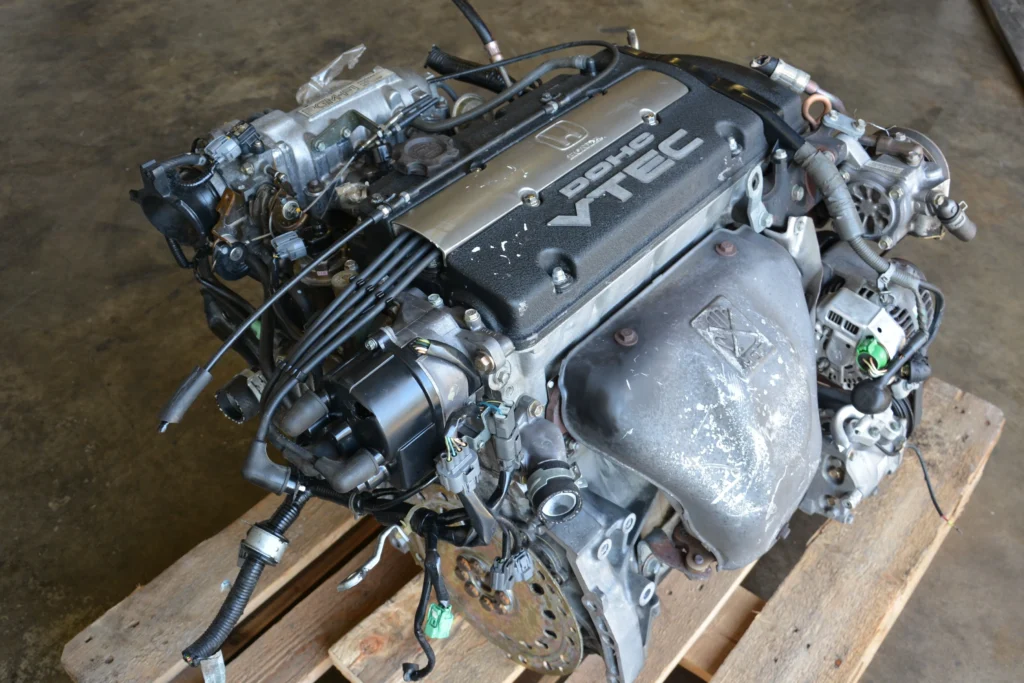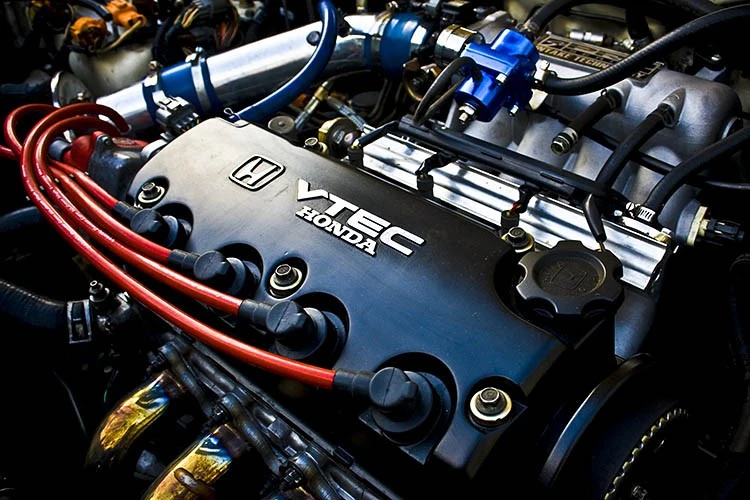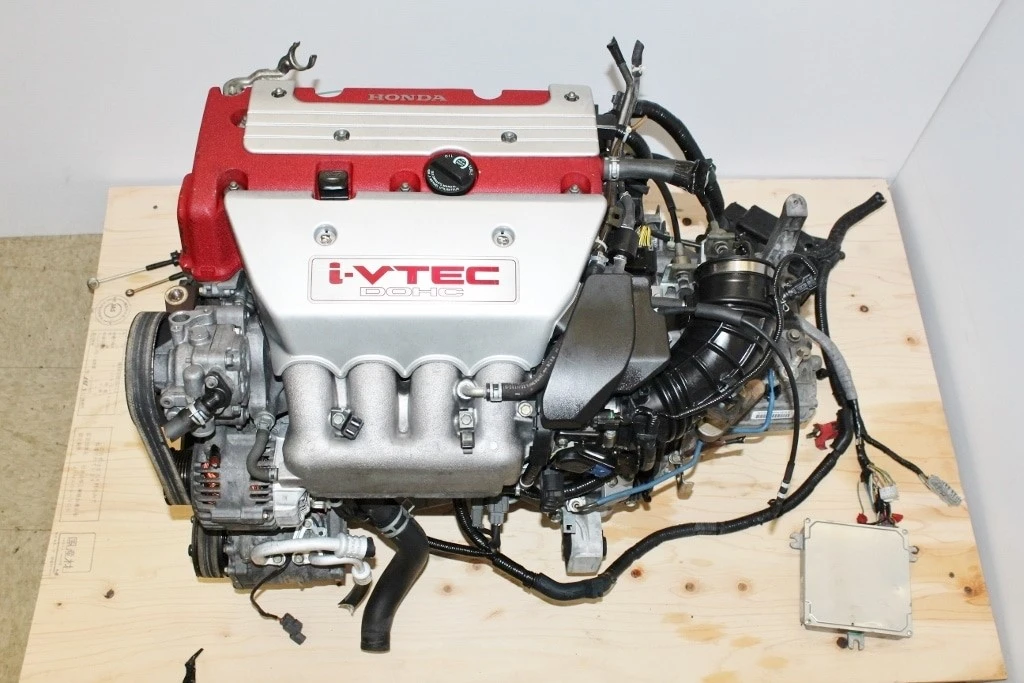Explore the Power of Honda’s VTEC System – Dive into innovation, performance, and efficiency in Honda engines with VTEC technology
The Honda engine is known for its reliability and fuel-efficient engine, but what makes it exceptional is the VTEC system in their machines under the hood. It is considered a game changer in the automotive industry, delivering high performance and efficiency. In this article, we’ll delve deep into the world of VTEC, exploring its inner workings, benefits, maintenance tips, and much more.
Introduction to VTEC System in Honda
Honda’s Variable Valve Timing and Lift Electronic Control (VTEC) system is a revolutionary engine technology that optimizes power output by adjusting the timing and lift of the engine’s valves. Honda introduced this ingenious system in the late 1980s, and it has since become a hallmark of the brand’s high-performance vehicles. SHOC (Singlesingle-head cam) engines also have the VTEC system, first introduced in the Honda Civic in 1992. Honda uses VTEC technology in
H series

D series

B series

k-series

2002 Honda introduced I-VTEC (intelligent Variable Valve Timing and Lift Electronic Control system) in the K series engine.
Honda introduced the VTEC Turbo in 2013. Vtec Turbo introduced in three engine configuration
1.0L
1.5L
2.0L
How VTEC Works
VTEC operates on the principle of two camshaft profiles: one for fuel efficiency and the other for performance. During low RPMs, the engine uses a low-profile cam, which maximizes fuel efficiency. As the RPMs increase, a high-profile cam engages, allowing for greater power output.
SHOC engine shares a standard camshaft for both intake and exhaust valves.
SHOC VTEC found in
j-series
D-series
Evolution of VTEC Technology
Since its inception, Honda has continually refined and enhanced the VTEC system. Early versions focused primarily on performance, but newer iterations strike a balance between power and fuel efficiency. This evolution has made VTEC a versatile and adaptable technology.
Benefits of VTEC System
The advantages of the VTEC system are manifold. Not only does it provide a significant boost in horsepower and torque, but it also improves fuel efficiency, resulting in a more environmentally friendly driving experience. The seamless transition between cam profiles also ensures a smooth and exhilarating ride.
Applications in Honda Models
VTEC technology has found its way into various Honda models, from the iconic Civic Type R to the sporty S2000. Each application suits the vehicle’s specific characteristics, showcasing the versatility and adaptability of the VTEC system.
Maintenance and Care of VTEC System
To ensure optimal performance, regular maintenance of the VTEC system is essential. It includes timely oil changes, valve adjustments, and associated component inspections. Neglecting these crucial steps could lead to decreased performance and potential damage to the engine.
Common Issues and Troubleshooting
While the VTEC system is renowned for its reliability, occasional issues may arise. These could range from sensor malfunctions to oil flow problems. These issues can be addressed through routine maintenance and timely troubleshooting.
Fuel Efficiency and VTEC
Contrary to the belief that performance comes at the cost of fuel efficiency, VTEC technology demonstrates that having the best of both worlds is possible. By intelligently managing valve timing and lift, Honda successfully balances power and economy.
Environmental Impact of VTEC
In an era where environmental consciousness is paramount, the VTEC system is a testament to Honda’s commitment to sustainability. VTEC-equipped vehicles contribute to a greener and cleaner planet by maximizing efficiency and minimizing emissions.
Competing Technologies in the Automotive Industry
While VTEC remains a pioneering technology, it’s important to acknowledge other advancements in the automotive industry. Technologies like turbocharging and hybrid systems provide viable alternatives, each with strengths and considerations.
Future Prospects of VTEC
As Honda continues to push the boundaries of automotive engineering, the future of VTEC looks promising. Anticipate further refinements and integrations to solidify VTEC’s position as a cornerstone of performance technology.
if you interested to about more technologies
The Ultimate Guide to the Suzuki G13B DHOC Engine: Power, Efficiency
Frequently Asked Questions
What does VTEC stand for?
VTEC stands for Variable Valve Timing and Lift Electronic Control.
Which Honda models come equipped with VTEC?
VTEC technology is featured in various models, including the Civic, Civic Type R, City, Accord, and S2000.
Can I perform VTEC upgrades on my Honda?
Yes, there are numerous aftermarket upgrades available to enhance VTEC performance.
How does VTEC contribute to fuel efficiency?
VTEC optimizes valve timing and lift to balance power and fuel economy.